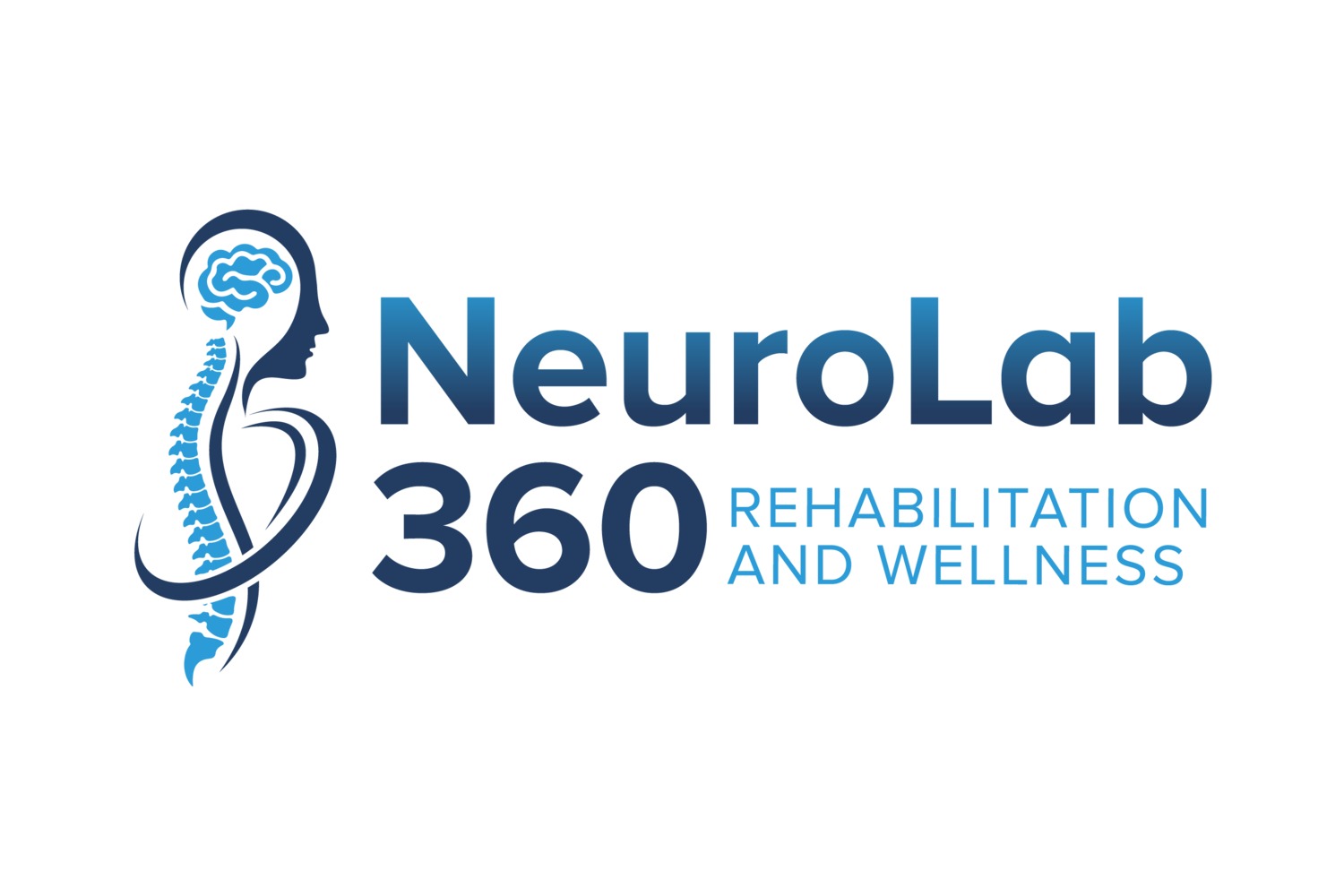PWR! Moves
PWR stands for Parkinson Wellness Recovery and it was created as a treatment method specifically for individuals with Parkinson’s Disease. It was developed by Becky Farley (who originally developed LSVT BIG) as a more flexible and all encompassing treatment method. In this post we will review the PWR! Moves and discuss why we feel that everyone with Parkinson’s Disease should be doing them!
The PWR! Moves make up the building blocks of function and they were made to target four key areas that are especially important to train in people with Parkinson’s Disease.
The four key principles of PWR include:
High physical effort - it’s important to exercise with high physical effort and at a high intensity. You don’t get better by doing what is already easy for you! If you think about a 0-10 scale where 0 means it feels very easy and 10 means it is so hard you have to stop, the goal is to exercise around a 7 out of 10. The PWR! Moves can be modified in many ways in order to maintain high intensity even as you get stronger and gain more endurance.
Attentional Focus - it is has been shown in Parkinson’s research that it is important to draw attention to your actions to optimize the benefits of exercise. This is done in the PWR moves by using boosts (either through breath, hand movements, using a loud voice, or visually tracking your movements). This helps to promote self-monitoring to achieve optimal movements.
Cognitive Challenge - the complexity of movement should be progressively challenged using dual tasks (doing two things at once), challenging coordination, and performing new sequences.
Emotional Engagement - It’s important to practice salient personal activities that are relevant to you to help you stay engaged!
PWR! Moves target four motor control skills that are shown to deteriorate and lead to loss of mobility and function in people with Parkinson’s Disease. Next we will discuss each of these motor control skills and what we do to address them.
Anti-Gravity Extension - this is your ability to maintain good upright posture against gravity. With Parkinson’s, there tends to be a net inhibition of the extensor muscles of the back and this leads to a forward stooped posture. Not only can this lead to pain, impaired mobility, and poor lung expansion, it can also lead to falls. Research shows forward flexed posture leads to poorer balance reactions in the backwards direction (so it is more difficult to recover and catch your balance if you are falling backwards).
To target anti-gravity extension we perform the PWR! Up
Weight Shifting - weight shifting side to side and forward and back is so important for so many functional tasks like reaching, stepping, going from sitting to standing etc. Being able to weight shift side to side has also been shown to reduce the incidence of freezing episodes in Parkinson’s Disease.
To target weight shifting we perform the PWR! Rock
Axial Mobility - axial mobility is the mobility throughout your trunk. With Parkinson’s Disease, it is common to develop rigidity through your trunk which limits your overall flexibility and contributes to difficulty with functional tasks such as rolling over in bed.
To target axial mobility we perform the PWR! Twist
Transitions - think about all of the positions you have to transition through throughout the day! Working on transitions is important for so many functional tasks but the most obvious one is walking!
To target transitions we perform the PWR! Step
PWR! Moves is a Multi-Symptom Targeted Approach meaning that the exercises can be performed in different ways to target whatever PD symptom someone is experiencing. Below we will discuss four main symptoms of Parkinson’s that we can target with different PWR! Moves methods.
Rigidity - To target rigidity, the PWR! Moves are performed slowly, rhythmically and with sustained effort. This is called a “Prepare”.
Bradykinesia - To target bradykinesia (slow movement), the PWR! Moves are performed as big and as fast as possible with high repetition which we call “Activate”.
Incoordination - to target incoordination, the PWR! Moves are linked together into longer sequences called “Flows”.
Reduced Self Awareness - to target reduced self awareness, the PWR! Moves are performed with high attentional focus by adding “Boosts” such as finger flicks, using a loud powerful voice to count, and visually tracking your hands throughout the movements.
Why are they performed in 5 different positions?
Sitting - We all spend a lot of time in sitting so it is important to exercise in this position too! Performing our PWR! Moves in sitting is important for improving transitions such as sit to stands.
Standing - This one is pretty self explanatory! This is the position that most of us are up and moving in throughout the day. Here we can work on balance, stability and strengthening in a position that most of us spend a lot of time in.
Prone (on your stomach) - This is a safe position to get a really great stretch through the front of your hips and to allow your body to work against gravity and turn on those extensor and postural muscles.
Supine (on your back) - Being able to lie flat on your back is so important! If you can’t lie flat on your back, chances are you can’t stand up straight either. In this position, we can allow gravity to help us straighten out and it is also a great position to work on bed mobility.
Quadruped (on all fours) - This is a very challenging position (probably the most challenging of the PWR! Moves). In this position we can work on balance, strengthening and stability and can really target functional skills such as getting up and down from the floor.
If you are interested in getting started with some PWR! Moves, check out our Intro to PWR! Moves class in our recorded library or join a live group class any Saturday at 10:30am!


